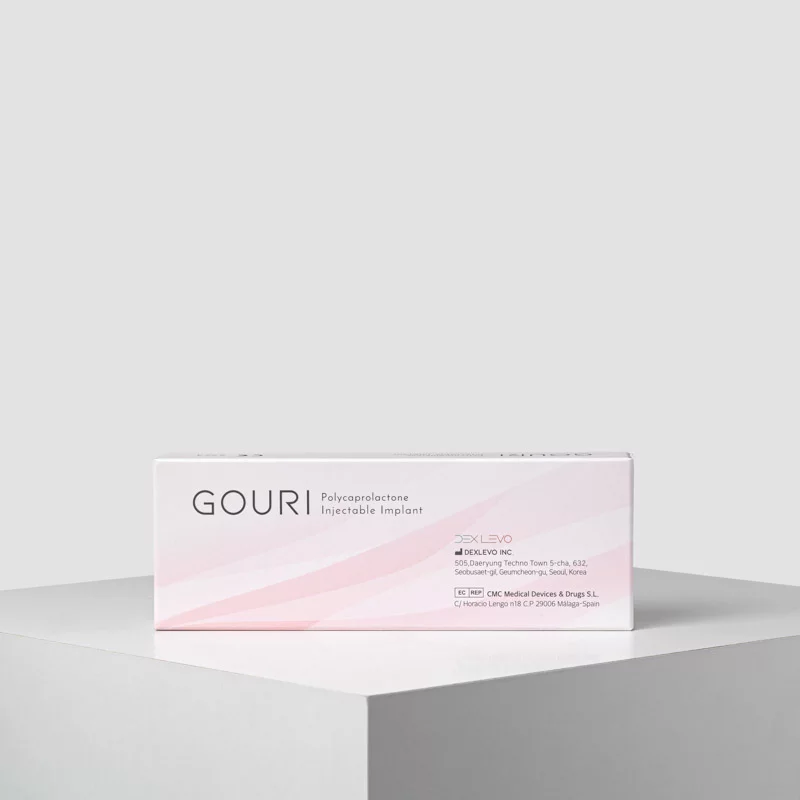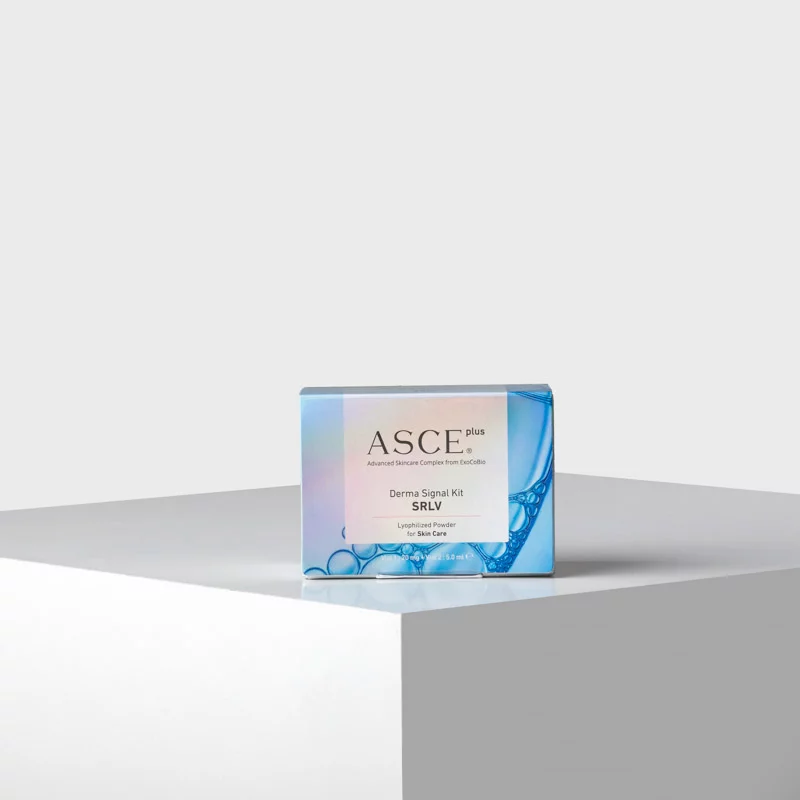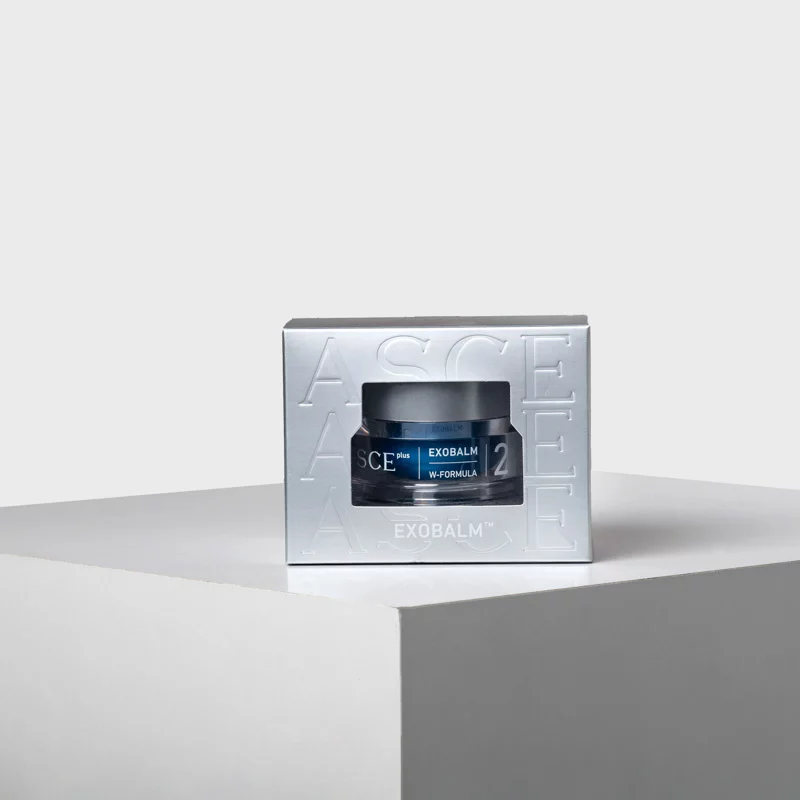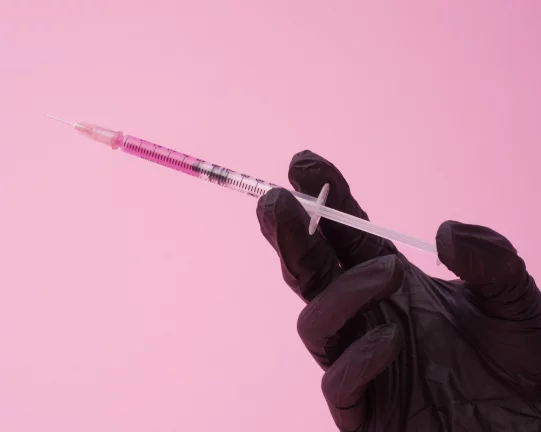-

- Author e-FILLERS Team
- Jun 19th, 2025
The Future of Injectable Skincare: What to Expect by 2030

Injectable skincare has revolutionized the aesthetic industry over the past two decades—and it’s only just getting started. As consumer demand shifts toward minimally invasive, regenerative, and highly personalized treatments, injectables are evolving beyond volume restoration to become functional skincare solutions delivered beneath the surface.
This article explores the trends, technologies, and innovations shaping the future of injectable skincare through 2030, offering insights for aesthetic professionals, clinics, and forward-thinking manufacturers.
From Fillers to Functional Skincare
Traditionally, injectables like hyaluronic acid (HA) fillers have been used primarily for volumization, wrinkle correction, and facial contouring. But by 2030, these products are expected to blur the line between cosmetic correction and therapeutic skin improvement.
New-generation injectables are being formulated not just to fill but to heal, repair, and stimulate biological processes such as collagen synthesis, angiogenesis, and cellular regeneration. This evolution is already visible in products like:
Polynucleotide-based injectables (e.g., PDRN)
Peptide-rich biostimulators
Exosome therapies
Liquid polycaprolactone (PCL) like Gouri, which promotes long-term collagen remodeling
These products don’t just address visible aging—they aim to treat skin quality at the cellular level, offering long-term benefits with minimal downtime.
Key Trends Driving the Future of Injectable Skincare
1. Regenerative Aesthetics Take Center Stage
By 2030, injectable skincare will be rooted in regeneration rather than augmentation. Bioactive molecules like exosomes, growth factors, and polynucleotides will be combined with advanced carriers to stimulate the skin’s intrinsic repair systems.
This marks a paradigm shift from simply "masking" aging to delaying or reversing its biological processes.
2. Hyper-Personalized Injectable Protocols
Thanks to advances in genetic profiling, AI-based skin diagnostics, and real-time data tracking, clinicians will be able to develop personalized injection plans based on:
Skin biome analysis
Hormonal activity
Inflammatory markers
Environmental exposure
Custom-made vials or modular cocktails may become standard, enabling precision aesthetic medicine tailored to each individual’s skin biology.
3. Smart Injectable Delivery Systems
Nanotechnology and biotech engineering are paving the way for injectables with built-in smart release systems. These will allow:
Controlled release of ingredients over time
Targeted action to specific skin layers
On-demand activation, possibly through microcurrent or light-based triggers
Such systems will enhance efficacy, reduce frequency of treatments, and minimize side effects.
4. Increased Focus on Preventive Injectables
As aesthetic medicine becomes more preventive than corrective, we will see injectables being marketed to younger demographics (early 20s to 30s) for:
Delaying collagen loss
Preventing expression lines
Managing oxidative and environmental stress
Low-dose, high-frequency protocols using biorevitalization products will become common as “injectable skincare maintenance.”
What This Means for Clinics and Professionals
To stay ahead, aesthetic professionals must:
Expand their knowledge base beyond HA fillers to include regenerative science and cellular biology
Offer consultation-led personalization, moving beyond “one-size-fits-all” filler treatments
Incorporate diagnostic technologies into their practice to justify tailored protocols
Educate clients on skin health and aging prevention, not just correction
As the industry shifts from cosmetic enhancement to therapeutic skin health, clinics that align with this science-driven, patient-centric approach will lead the market.
Conclusion
By 2030, injectable skincare will be defined by biocompatible, regenerative, and highly personalized solutions. Advances in biotechnology, AI, and molecular medicine are steering the industry away from temporary fixes and toward long-term skin optimization.
For aesthetic professionals, staying informed and agile will be the key to offering treatments that not only rejuvenate—but truly regenerate.
Dermal Fillers
How to Choose the Right Dermal Filler for Each Facial ZoneDermal Fillers
How to Build an Effective Filler Protocol by Age Group
.webp)

.webp)







